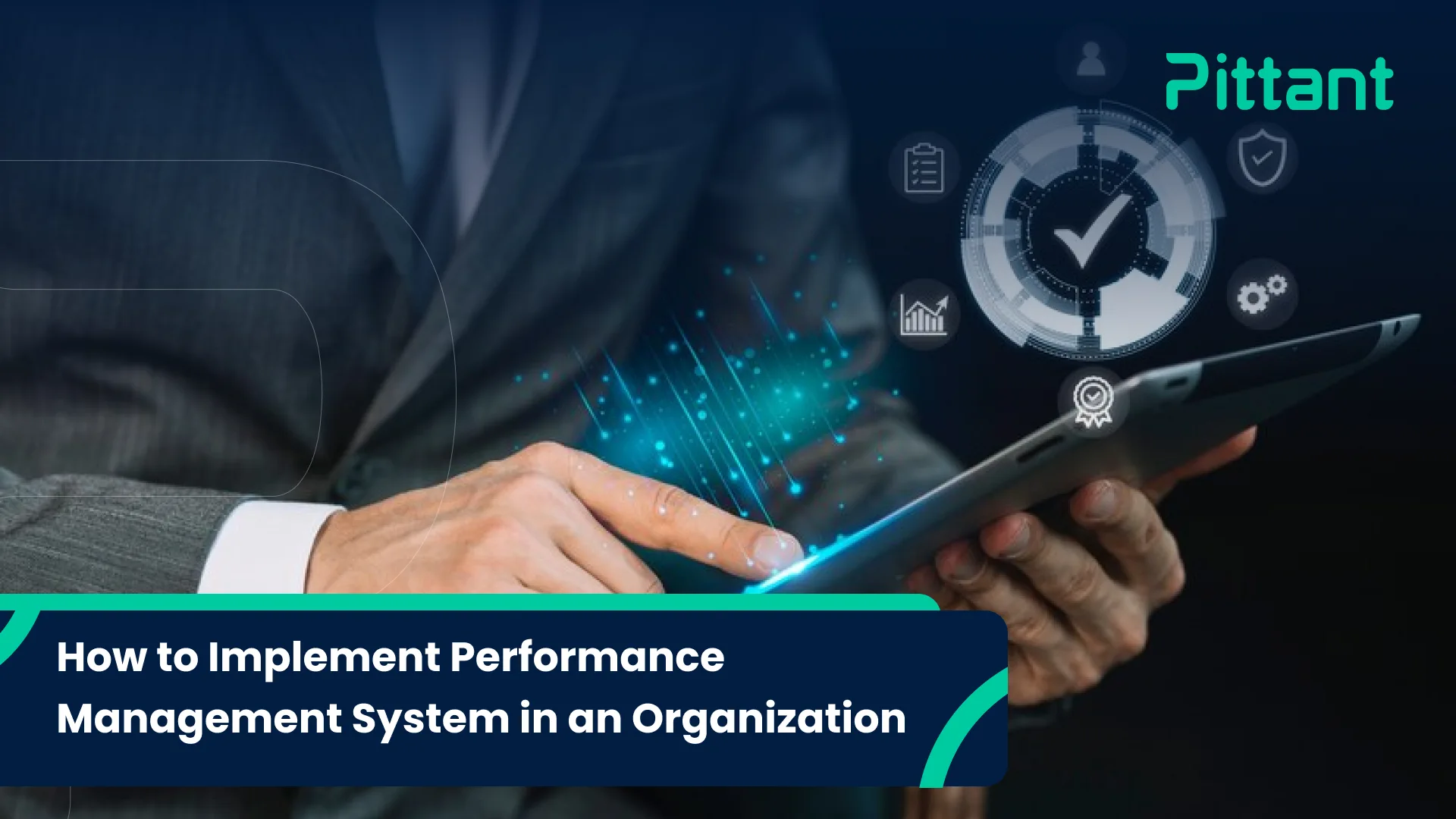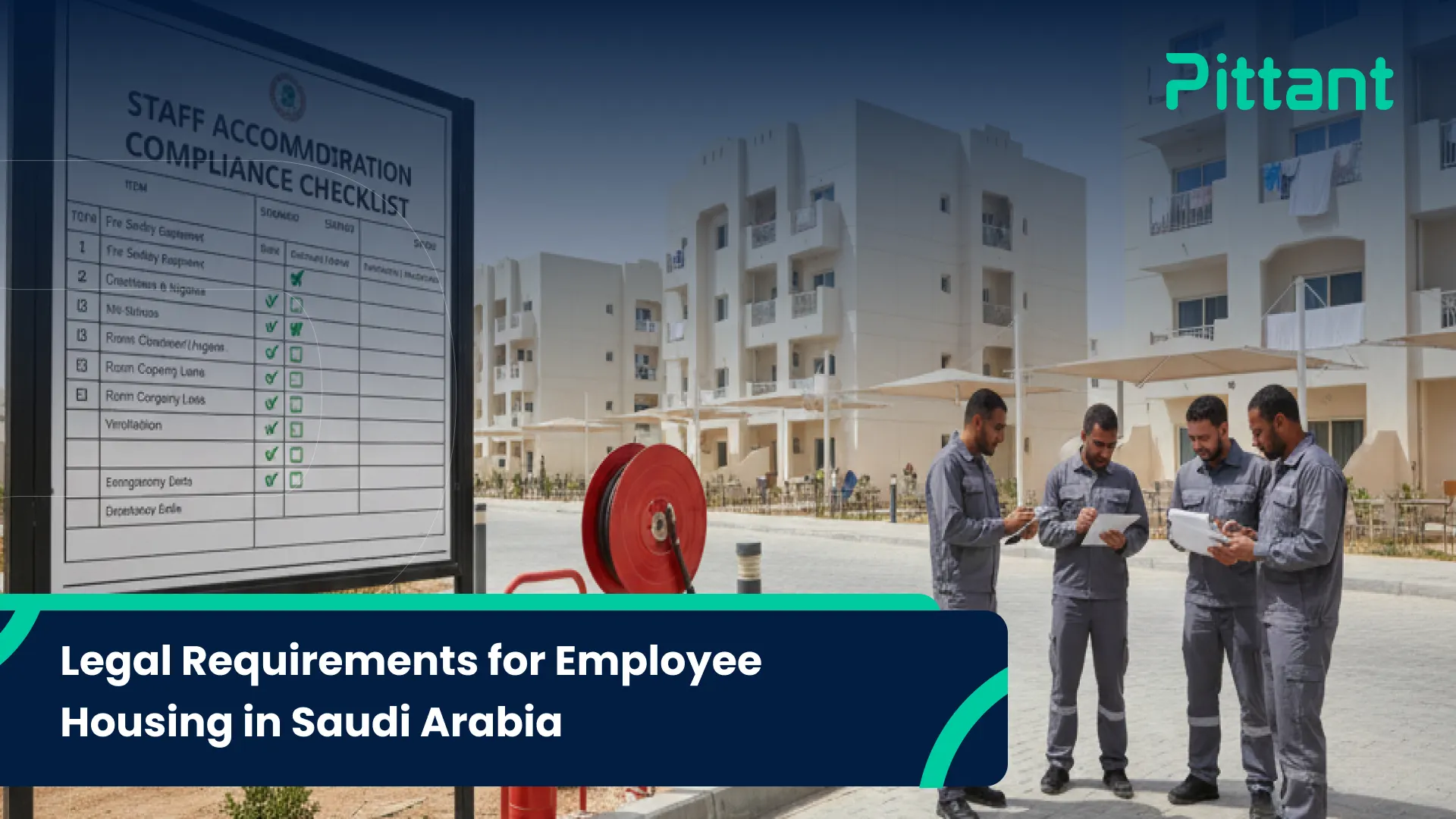Implementing a performance management system is important for any organization. It enhances their productivity. Not to mention how it aligns its goals with employee efforts. A well structured system will improve employee performance management. Business growth is supported. And a positive work environment is created. One where achievements are recognized.
In this article, we share the process of setting up a performance management system for your business. We also discuss how to optimize one.
What is a Performance Management System?
A performance management system is a structured approach. It is used by companies to monitor, measure and enhance employee performance. It involves
- setting clear objectives
- assessing progress
- offering feedback
This makes sure that individual goals match the company’s broader vision.
PMS encompasses several components. This involves performance appraisals, training and professional development. These are all aimed at motivating employees and driving the organization’s success.
Benefits of Performance Management System for Companies
The advantages of a performance management system are broad and impactful. Companies that implement a strong PMS enjoy
- increased productivity
- better team collaboration
- higher employee satisfaction
A well-designed PMS offers many advantages. This makes it an important tool for business performance management.
Career Advancement
A PMS highlights growth opportunities. It enables employees to develop and progress in their careers. In turn this builds a loyal workforce and reduces turnover.
A well-designed performance management process paves the way for career growth. Employees can set personalized goals complementing their company’s objectives. And regular employee performance appraisals offer a clear path for professional development. This is how it works.
- Skill Development
PMS identifies the skills an employee needs to enhance and creates a plan for their growth. - Promotion Opportunities
Clear performance metrics provide a roadmap for employees looking to advance in their careers. - Feedback Mechanism
Continuous feedback helps individuals understand their strengths and areas of improvement.
Providing structured career paths motivates employees to perform better, leading to greater job satisfaction.
Goal Alignment and Tracking
PMS helps line up individual and team goals with organizational objectives. It makes sure everyone is working towards common outcomes. Tracking mechanisms to monitor progress are offered too.
Performance management software has a huge role in goal tracking. Companies set clear objectives to measure progress. They make adjustments where necessary. The benefits of aligning goals include
- Consistency
Ensures all departments work toward unified business goals. - Clarity
Employees understand their targets and what’s expected of them. - Transparency
Regular tracking of goals helps maintain transparency and accountability throughout the team.
Businesses can have everyone on the same page by using the right tools.
Strategic Alignment
A good performance management process connects daily activities to the company’s strategic goals. This ensures that all efforts contribute to the company’s growth and success.
Companies get to keep their business direction clear. For this, a performance management system be quite of use. When departments and teams are on board, they work towards shared objectives. The system also helps in:
Prioritizing Objectives
Ensures all employees focus on activities that drive company growth.
Organizing Project Timelines
Helps teams stick to deadlines without overwhelming them.
Building Accountability
Performance reviews make sure everyone remains accountable for their tasks.
By uniting individual efforts, companies can achieve business goals faster and more smoothly.
Manager-Employee Relationships
The PMS encourages frequent communication between managers and employees. Regular feedback builds trust, engagement and collaboration.
Job Satisfaction and Motivation
PMS impact employee morale big time. It provides recognition and rewards for accomplishments. This keeps your employees motivated and satisfied with their roles.
Steps to Implement a Performance Management System in an Organization
Setting up a performance management system involves a series of steps. Each step is necessary to building a system that meets your industry’s unique needs.
Implementing a performance management system requires a methodical approach. Following these steps ensures the process is smooth. It benefits both the company and its employees.
Comprehending Performance Management
Implementation of performance management system requires knowing what it exactly entails It’s not only about evaluating employee output either. It’s about creating a continuous development process to empower individuals too.
Recognizing the basics of performance management is the first step. This involves recognizing the importance of setting objectives. As well as evaluating employees fairly. Companies must:
- Identify their goals and how individual contributions fit
- Assess the current state of their management processes
- Develop a tailored plan that suits the organization’s culture
Define the Purpose of the System
Clarify why the performance management system is being implemented. See if it is to boost productivity. Check if you want to enhance employee development. Defining this purpose will assist you with every decision made during the implementation.
A clear purpose ensures the performance management system delivers results. Companies should focus on what they want to achieve, be it improving employee retention, boosting productivity, or applying new business strategies. That’s why they should consider these elements.
- Major Objectives
Determining specific targets the system aims to meet - Employee Growth
Focusing on skill enhancement and career progression - Business Impact
Measuring how employee performance contributes to overall success
Having a defined purpose sets the stage for a system that delivers tangible outcomes.
Initiating the Implementation Process
Begin by involving major stakeholders. This includes HR, department heads and employees. Engaging all parties means the system addresses everyone’s needs and that there’s buy-in from the beginning.
The process of rolling out the system involves preparing employees and managers. Initial training sessions and clear communication help in:
- Setting Expectations
Employees need to know what’s expected and how they will be evaluated. - Providing Resources
Ensuring managers have the tools to monitor and support their teams effectively. - Encouraging a Culture of Openness
Promoting open dialogue encourages feedback. This makes the system more adaptable.
Proper preparation minimizes resistance. It makes for a smoother integration.
Specifying the Key Components
Establish the main components of the system.:
- Performance Appraisals
Regular evaluations of employee performance to provide constructive feedback. - Training and Development
Programs to build skills and support professional growth. - Goal Setting
Establish clear, measurable objectives that align with business goals.
The performance management system should include several important components that are aligned with the company’s objectives. These components may vary, but typically they include:
- Setting KPIs
Define metrics to evaluate performance. - Regular Performance Appraisals
Organize bi-annual or quarterly evaluations. - Personal Development Plans
Offer training programs and courses to enhance skills.
Building a Performance Management Timeline
Set a timeline for the performance management process. Maintain a consistent rhythm and track progress year round by planning
- appraisal cycles
- feedback sessions
- development activities
Creating a timeline ensures the process is consistent and structured.
- Annual Planning
Outline the entire year’s performance review schedule. - Quarterly Checkpoints
Monitor progress to adjust goals if needed. - Feedback Cycles
Ensure feedback sessions occur regularly to keep employees engaged.
Setting Performance Management Goals
Set achievable and measurable goals. These should be specific. They have to be according to employee’s role and your business’ vision.
Developing an Improvement Plan
Create a plan that identifies areas for improvement. Go for one that offers resources. Or training to help employees meet their targets. It will result in continuous development. Productivity levels are improved too as a result.
Monitoring and Adjusting the System
Regularly monitor the system to see if it’s meeting its objectives. Gather feedback from employees and managers to make necessary adjustments. This ensures that the performance management process remains relevant.
Best Practices in Implementing a Performance Management System
Ensuring performance management system functions optimally requires following best practices.
You need to use the right tactics for implementing performance management system.
- Engagement
Engage employees by involving them in the goal-setting and feedback process. This builds a sense of ownership. - Transparency
Maintain transparency in evaluations and feedback to build trust and keep the process fair. - Technology
Use performance management software that allows easy tracking and assessment. This will translate to a more accurate process.
Conclusion
When executed correctly, a performance management system transforms an organization’s productivity and employee satisfaction levels. Businesses can develop a system supporting their growth and success. Focusing on engagement and transparency is required for it. A well designed system helps in achieving business objectives. It also supports individual growth. This makes it a win-win for everyone involved.
Contact Pittant for our services.
FAQs
What is the first step in implementing a performance management system?
Understand the purpose and goals of the performance management system.
How to build a performance management plan?
Building a performance management plan involves
- setting clear measurable goals
- establishing performance appraisal methods
- incorporating feedback mechanisms
- including training and development initiatives to support employee growth
What is the main purpose of PMS?
It’s to enhance employee performance and create a continuous improvement culture that benefits the employee and business alike.




